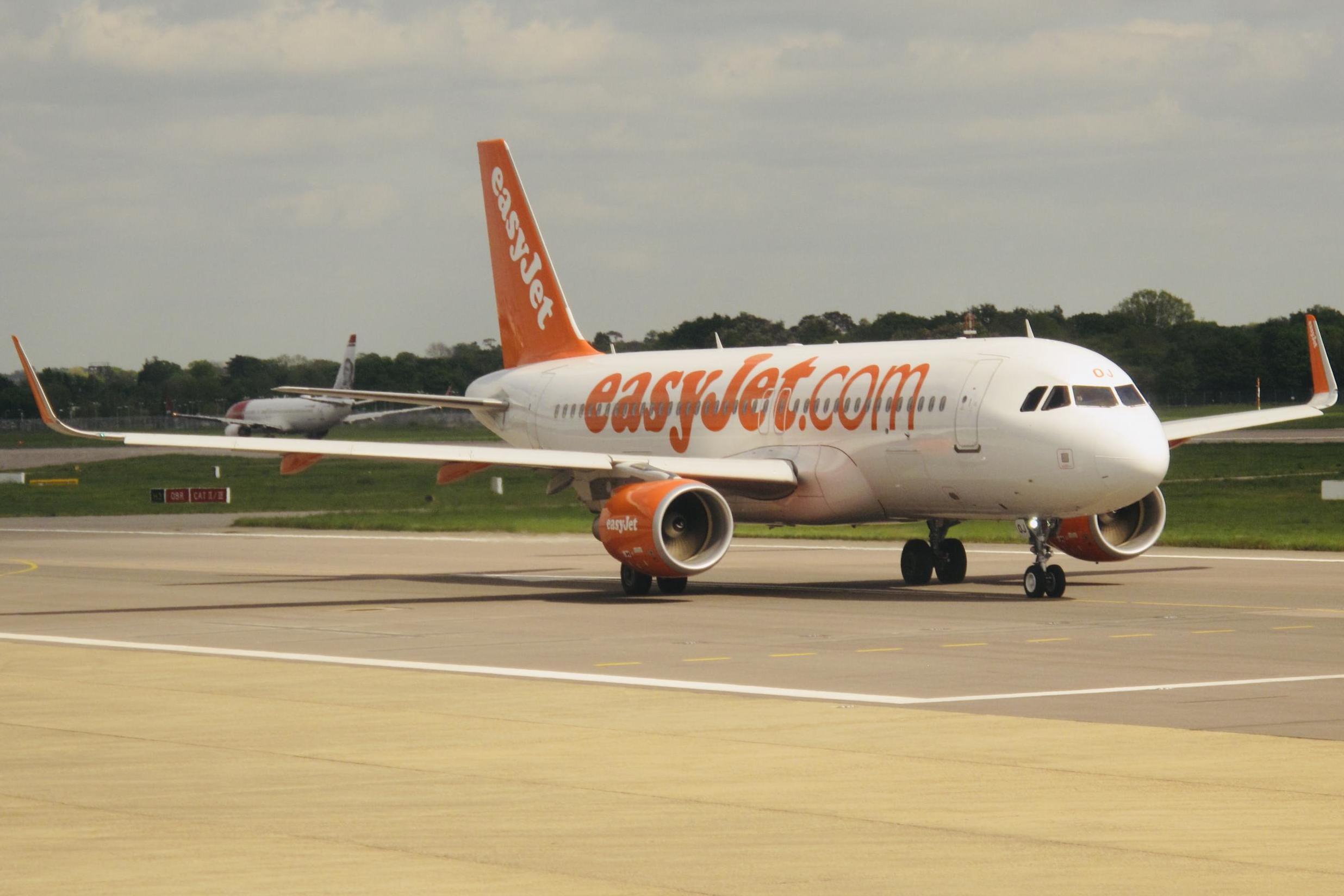Airbus A320: well-regarded workhorse of short-haul flying
Twin-jet was involved in the so-called 'Miracle on the Hudson’ in 2009

The Airbus A320, the aircraft type that came down just short of Karachi airport, is arguably the most successful airliner ever. It has a formidable safety record.
But the narrow-bodied twin-jet, which typically holds 180 passengers in an all-economy configuration, had a dreadful start to its flying career. In June 1988, a demonstration flight intended to persuade airlines around the world to buy the jet ended in tragedy when the plane struck trees at an air show.
In the 32 years between that event and the Pakistan International Airlines accident, 10 A320s have been lost in fatal crashes – along with two of its larger sibling, the A321.
The smaller A318 and A319 variants have suffered no fatal accidents.
But relative to the number of aircraft in service – almost 9,000, at least until the coronavirus pandemic grounded much of world aviation – the A320 has proved extremely safe and reliable.
Airbus narrow-bodied jets are the only short-haul aircraft used by British Airways. The A320 series is the only type flown by easyJet – which, relative to the number of passengers carried without a single fatality in an accident, is the second safest airline in the world.
In top place is Ryanair, which uses only the Boeing 737-800. This type has its origins two decades earlier than the A320, in the 1960s, and still has the same fuselage profile.
Airbus’s A320 has overtaken Boeing’s 737 in sales – largely because of the grounding of the 737 Max following two fatal accidents, involving Lion Air of Indonesia and Ethiopian Airlines.
The Max remains out of service, though Ryanair – which has its own variant of the jet on order – expects to receive its first aircraft later this year.
Because the 737 has been flying for much longer, especially in the far less safe decades of the 1970s and 80s, it has suffered many more fatal accidents.
But many in aviation regard the Airbus twin-jet as a superior aircraft. It also has a slightly wider fuselage, meaning more room for passengers.
Two of the fatal events involving the A320 series were deliberate acts – both in 2015.
In March of that year, the co-pilot of Germanwings flight 9525 from Barcelona to Dusseldorf locked the captain out of the flight deck and crashed the plane into a mountain in France. All 150 people on board died.
At the end of October 2015, Metrojet flight 9268 crashed with the loss of all 224 passengers and crew shortly after take off from Sharm el Sheikh in Egypt, destination St Petersburg. It is believed a bomb was placed on board at the departure airport.
The remarkable resilience of the A320 has been demonstrated in two other events, however. In January 2009, an Airbus flying for US Airways ditched in the Hudson River in New York after both engines failed. All 155 people on board safely evacuated in the so-called “Miracle on the Hudson”.
In February 2016, a suicide bomber attempted to destroy a Daallo Airlines flight from Mogadishu to Djibouti using a device concealed in a laptop. But the attack failed: while the fuselage was ruptured, only the bomber was ejected and the plane landed safely.
Join our commenting forum
Join thought-provoking conversations, follow other Independent readers and see their replies
Comments
Bookmark popover
Removed from bookmarks